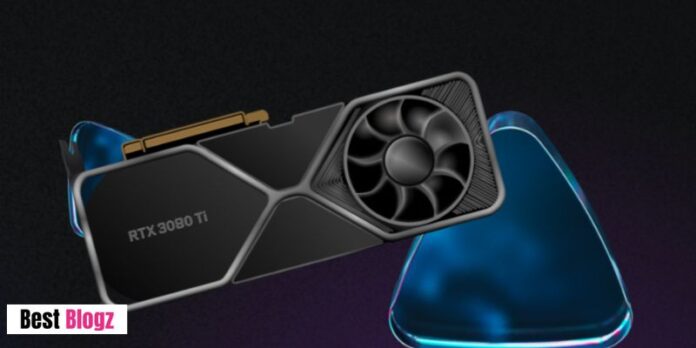1. Understanding GPUs: From Graphics to General Computing
Originally developed for rendering high-definition video games and computer graphics, GPUs are now being increasingly employed in data analysis due to their massively parallel architecture. While CPUs are designed to perform tasks sequentially, GPUs are capable of executing thousands of threads simultaneously, making them particularly efficient at processing large-scale data and complex algorithms.
2. GPUs in Data Analysis: The Quantum Leap
The application of GPUs in analysis data has resulted in significant speed-ups for many tasks. From data preprocessing to running complex machine learning models, GPUs offer potential speed improvements of several orders of magnitude over traditional CPU-based processing.
2.1 Data Preprocessing
Large datasets often require significant preprocessing. This can include tasks such as cleaning, sorting, and organizing the data into a usable format. With their ability to perform multiple operations simultaneously, GPUs can dramatically reduce the time taken for these tasks, leading to a faster transition to the analysis phase.
2.2 Machine Learning and AI
GPUs also shine in the world of machine learning and artificial intelligence. Training complex models, such as deep neural networks, can be computationally demanding. GPUs’ parallel computing capabilities can dramatically reduce training times, allowing for faster iteration and model optimization.
3. Real-world Applications: Case Studies of GPU-powered analysis data
Many industries, including healthcare, finance, and logistics, have leveraged GPU computing for analysis data to drive innovation and efficiency. For instance, in healthcare, GPUs have been used to analyze large-scale medical image data, helping identify diseases more accurately and quickly. In finance, GPU-accelerated analytics have enabled real-time risk analysis and fraud detection.
4. Overcoming Challenges: Efficient Use of GPUs for Data Analysis
Despite their significant advantages, using GPUs for analysis data also presents challenges. These include handling data transfers between the CPU and GPU efficiently, optimizing memory utilization, and restructuring traditional algorithms to take advantage of the GPU’s parallel architecture. However, through the development of GPU-optimized software libraries and tools, these challenges are progressively being addressed, enabling even broader adoption of GPUs in analysis data.

Hashmarket pricing
5. Conclusion: Future of Data Analysis with GPUs
The rapid advancement of GPU technology, coupled with the ever-increasing volume and complexity of data, suggests a promising future for GPU-accelerated data analysis. While there are challenges to overcome, the benefits of reduced processing times, faster model training, and real-time analysis data make GPUs an essential tool in the data analyst’s toolkit. As more organizations recognize these benefits, the use of GPUs in analysis data is expected to grow, potentially revolutionizing how we process and analyze data.




